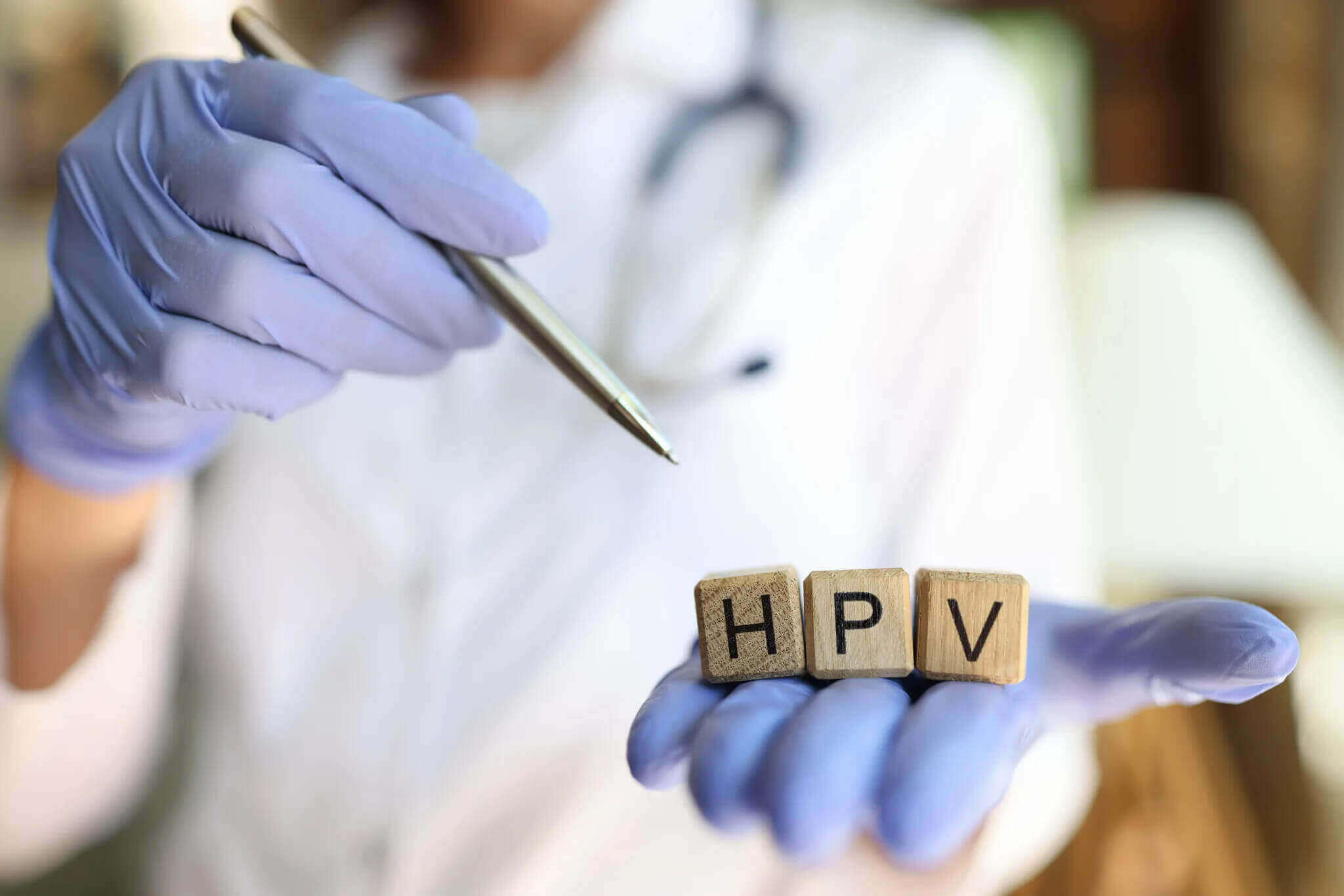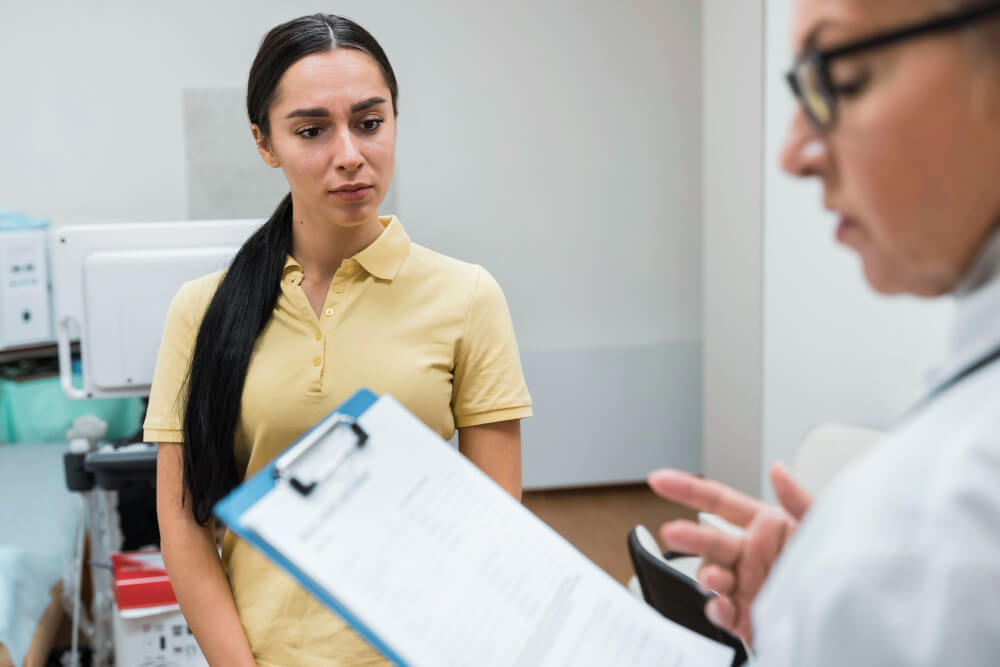Unveiling the Common Threat: Understanding HPV and the Importance of STD Testing
Human Papillomavirus (HPV) is a group of more than 200 viruses that can infect the skin and mucous membranes. It’s the most common sexually transmitted infection (STI) globally, affecting millions of people each year. While most HPV infections clear up on their own within a few years, some types can persist and lead to health problems in both men and women. Routine STD testing, including HPV screening, is crucial for early detection and promoting overall sexual health.
This article empowers you to prioritize your well-being by providing a comprehensive understanding of HPV and the importance of STD testing.

Demystifying HPV: Transmission, Types, and Potential Risks
Transmission:
HPV is primarily transmitted through skin-to-skin contact during vaginal, anal, or oral sex. Sharing sex toys without proper cleaning can also increase the risk of contracting HPV.
Types of HPV:
HPV is categorized into two main types:
- Low-Risk HPV: These types typically cause no symptoms and usually clear up on their own. However, they can contribute to the development of genital warts.
- High-Risk HPV: Certain high-risk HPV types can persist and lead to precancerous changes in cells, potentially progressing to cervical cancer in women and other cancers in both men and women.
Potential Risks:
While most HPV infections are harmless, some types pose serious health risks:
- Cervical Cancer: Persistent infection with high-risk HPV is the leading cause of cervical cancer in women.
- Other Cancers: High-risk HPV can also contribute to the development of anal cancer, vaginal cancer, vulvar cancer, and some types of head and neck cancers in both men and women.
- Genital Warts: Both low-risk and some high-risk HPV types can cause genital warts, which are noncancerous but can be uncomfortable and require treatment.
The Power of Early Detection: STD Testing for HPV

Early detection through regular STD testing, including HPV screening, is crucial for preventing cervical cancer and other HPV-related health problems. Here’s a breakdown of the primary testing method used for HPV detection:
HPV DNA Test:
A simple Pap smear test can be used to screen for both cervical cancer and HPV. During a Pap smear, a healthcare provider collects a sample of cells from the cervix, which is then analyzed for abnormal changes and the presence of HPV DNA.
STD testing for HPV is readily available at various healthcare providers’ offices, clinics, and Planned Parenthood locations. Many offer confidential testing, ensuring privacy and reducing anxieties associated with the process.
Benefits of Early Detection and Treatment
Early detection and treatment of HPV offer numerous benefits:
- Prevents Cervical Cancer: Early detection and treatment of precancerous lesions caused by HPV can prevent the development of cervical cancer.
- Reduced Risk of Other Cancers: Early detection and treatment of HPV infections can minimize the risk of other HPV-related cancers.
- Improved Overall Health: Addressing HPV infection promotes overall sexual health and peace of mind.
- Vaccination Option: HPV vaccination offers protection against certain high-risk HPV types that cause most cervical cancers and genital warts.
Minimizing Your Risk: Responsible Sexual Practices
While STD testing plays a crucial role in promoting sexual health, practicing responsible sexual behavior is vital for minimizing your risk of contracting HPV:
- Consistent Condom Use: Using condoms correctly and consistently during vaginal, anal, and oral sex significantly reduces the risk of contracting HPV.
- Communication is Key: Open communication with partners about sexual history and STD testing, including HPV screening, is crucial for responsible intimacy.
- Vaccination: Consider discussing HPV vaccination with your healthcare provider, especially for young adults. Vaccination offers significant protection against high-risk HPV types.
